 |
Bolometer |
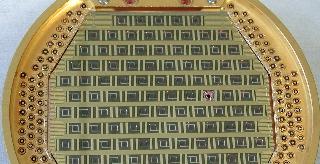 |
at the MPIfR |
 |
Bolometer |
 |
at the MPIfR |
| operational | under development |
The Max-Planck Millimeter Bolometer array is installed at the IRAM 30 m telescope on Pico Veleta, Spain. MAMBO's 37 channel array has been successfully used by many observers since the end of 1998. Winter 2001/2002 was the first season of the new MAMBO-2 version with 117 pixels. The 37 channel MAMBO is used at the 30 m telescope as a backup system now. Both systems work at 1.2 mm wavelength and have a He-3 fridge to operate the bolometers at a temperature of 300 mK. Links
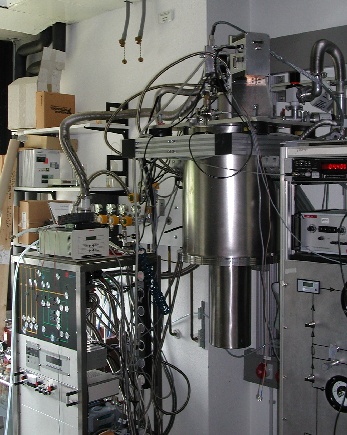 |
The Hundred
Millikelvin Bolometer Array is a 19 channel array at 2 mm wavelength. To avoid limitation by the system noise due to the higher transmission in the 2 mm atmospheric window, the bolometers of HUMBA are cooled below 100 mK by means of a 3He/4He-dilution refrigerator. Observations of the Sunyaev-Zeldovich effect is the main application for this instrument. The most recent tests and observations with HUMBA were performed in November 2001 at the IRAM 30 m telescope after an upgrade in the cryogenic system. The first telescope run of HUMBA was in 1998 at the 10 m HHT in Arizona. |
| Since
March 2000 the 19 channel submm bolometer array for 870 micron is under
operation at the 10 m
HHT. See HHT's 19-Channel page for details. |
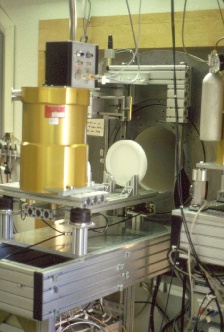 |
Usually, our instruments are installed at telescopes for astronomy, but one is even working in the particle physics environment at TESLA. (Details will follow).
SIMBA is an acronym for SEST Imaging Bolometer Array. It is basically a copy of the successful MAMBO system and was commissioned in June 2001. Because SEST has no wobbling secondary mirror, our bolometer readout electronics had be modified to allow special observing modes. Fast mapping of sky areas is done in the "fastscanning" mode which also was developed by our group. Some technical specifications can be found on the SIMBA parameters page. Also visit ESO's SIMBA page.
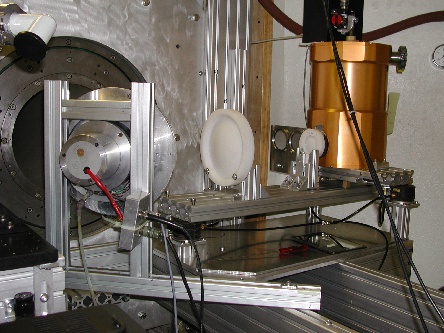 |
The "Polarimeter für
Bolometer-Kameras" is a new tunable polarimeter for mm and submm wavelengths. Very low insertion losses and the possibility to tune its opearating wavelength in a wide range makes it a versatile instrument. It will be used with the MPIfR bolometer arrays at different wavelenghts (2, 1.2, 0.87 mm) to produce high-resolution maps of polarization. This picture shows POLKA combined with the 19-channel during a test run at the HHT. |
The Large Bolometer
Camera for APEX is under
construction now.
It will have 295 pixels
at 870 micron wavelength.
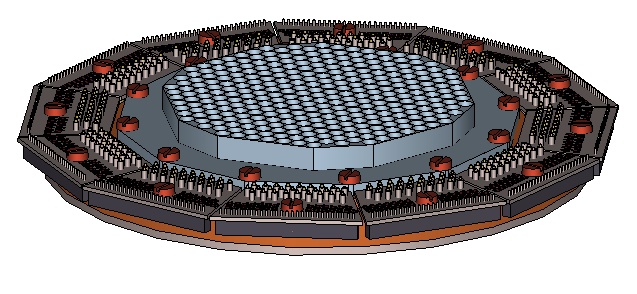
Page created: 2002-05-14 by L.A. Reichertz